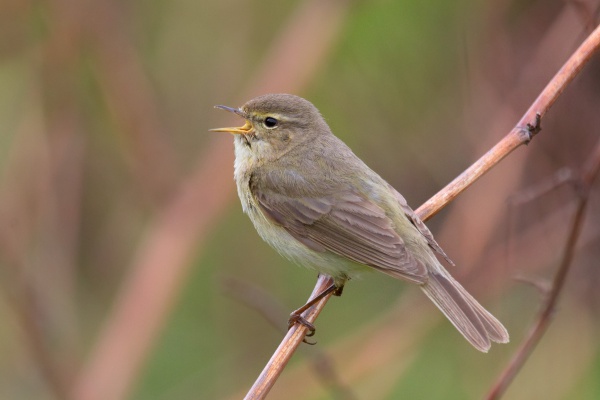Facts About Common chiffchaff
The common chiffchaff, often simply referred to as the chiffchaff, is a small, widespread leaf warbler that can be spotted across northern and temperate Europe, as well as the Palearctic region. These birds are migratory, spending their winters in southern and western Europe, southern Asia, and northern Africa. Characterized by their greenish-brown upper parts and off-white underparts, they are renowned for their distinctive "chiff-chaff" song.
The female chiffchaff predominantly undertakes nesting duties and cares for the chicks, while the male is primarily focused on defending their territory.
Chiffchaffs belong to the genus Phylloscopus, which comprises around 50 species of small, insectivorous woodland warblers. Several subspecies of the chiffchaff exist, and some have recently been elevated to species status, such as the Iberian chiffchaff and the Canary Islands chiffchaff. Another close relative, the mountain chiffchaff, inhabits the Caucasus and Himalayas.
These small birds are readily identified by their repetitive song, but when silent, they can be difficult to distinguish from other similar leaf warblers. Chiffchaffs breed in open woodlands and use a variety of habitats during the winter. Their diet mainly consists of insects and a wide range of other invertebrates.
Chiffchaffs must be vigilant against predators such as cats and birds of prey, including hawks. They also face threats from habitat loss, predation, and collisions with man-made structures. Despite these challenges, the common chiffchaff boasts a large population and a wide range, securing a "least concern" status on the IUCN Red List.

 Ireland
Ireland